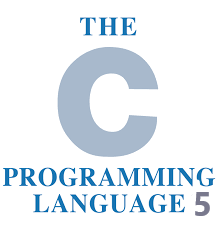C Programming: Declarations and Initializations – True / False Questions
- General Questions – Declarations and Initializations
- Find Output of Program – Declarations and Initializations
- Point Out Errors – Declarations and Initializations
- Point Out Correct Statements – Declarations and Initializations
- True / False Questions – Declarations and Initializations
- Yes / No Questions – Declarations and Initializations
1. A long double can be used in range of a double that is not enough to accommodate a real number.
A. True
B. False
2. A float is 4 bytes wide, whereas a double is 8 bytes wide.
A. True
B. False
3. If the definition of the external variable occurs in the source file before its use in a particular function, then there is no need for an extern declaration in the function.
A. True
B. False
4. Size of short integer and long integer can be verified using the sizeof() operator.
A. True
B. False
5. Range of double is -1.7e-38 to 1.7e+38 (in 16 bit platform – Turbo C under DOS)
A. True
B. False





